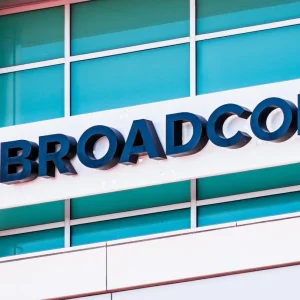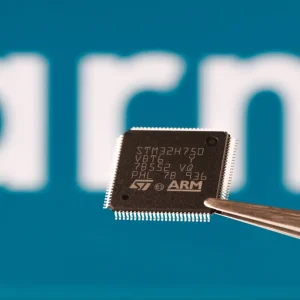Clustering is one of the last of the core technologies from the proprietary minicomputer world to be applied to Intel-based servers and workstations, and it’s been a long time coming. But now that products intended for the mass market, such as Microsoft Corp’s Wolfpack, are finally hitting the market, Compaq Computer Corp, Intel Corp and Microsoft have decided it’s time to define some fundamentals to address the performance, cost of ownership and broad applicability of the systems they and others are developing. The three are leading the new Virtual Interface Architecture server and workstation clustering initiative (CI No 3,141), with forty or so other companies participating in honing the details of a draft specification, due for public release later this year. The VIA specification is essentially about high bandwidth, low latency message passing, and addresses the overheads of accessing the network itself. It’s a simple idea: whereas networking technologies and chips have been getting steadily faster, the legacy protocol stack – and here we’re really talking about TCP/IP – has remained the same. That stack is part of the operating system, and any communication requires a transition from the application to the operating system, where it becomes a privileged operation. While these context switches are happening, the processor is essentially doing nothing. There are two options – tune or bypass. Intel Corp’s server platform marketing manager Chris Dodd says that Intel and Microsoft looked into tuning, but decided that it would take a significant effort to achieve any meaningful performance improvements. Instead, they chose to bypass the operating system and go directly to the network interface in a fully protected fashion, says Dodd. VIA is not intended as a replacement for existing local and wide area networking or the protocol stacks they are based on, but focuses solely on server-to-server message passing over clusters a limited distance apart – up to 30 meters maximum. Application support is underway, with all the database players already committed to building scalable database architectures built around message passing. All they have to do is aim their message passing layers at the VIA interface specification. Applications software houses will find the changes largely transparent, except where, for performance reasons, they use applications messaging independently of the database. The specification will be media, processor and operating system independent, support a variety of programming models, and be compatible with networking standards such as Asynchronous Transfer Mode, Ethernet and Fiber Channel, and with existing system area networking products, including Tandem Computers Inc’s ServerNet and the SCI scalable coherent interface technology from Dolphin Interconnect Solutions AS, both of which have been licensed to OEM customers. Digital Equipment Corp’s Memory Channel and Myricom Inc’s Myrinet will also fit in with the scheme. The three lead companies say they have place a significant proposal in front of the forty or so contributing companies, and comments on the specification are coming back for consideration with some additional feature requests, but no objections to the basic architecture. Intel says it’s not claiming any innovation, and that there was an obvious mechanism waiting for implementation – just a fast path for the send and receive queues to memory without going into the operating system, a similar concept to current shared memory architecture systems. As the specification has not yet been finalized, Intel says it’s too early, to talk about the performance improvements in latency and bandwidth, though a proof of concept system is available to contributors, fully emulated on an off the shelf network interface card and connected via 100Mb Ethernet. With the final specification due out early in the third quarter of this year, we can expect early public demonstrations by the end of the summer. Products are likely to appear in two flavors. First will come existing intelligient network interface ca
rds modified with firmware, during the first half of 1998. Second will come custom silicon systems, the obvious endgame, says Intel, which should begin appearing in the second half of 1998. Others supporting the initiative include DEC, Hewlett-Packard Co, Hitachi Ltd, Lucent Technologies Inc, IBM Corp, Novell Inc, Oracle Corp, Santa Cruz Operation Inc, SAP AG, Siemens Nixdorf Informationssysteme AG, Stratus Computer Inc, Tandem Corp and Veritas Software Corp. Most of those on the list have Intel-based product lines or plans, and it wasn’t clear at press time whether or not those companies would be implementing the VIA specifications across their entire product lines. Silicon Graphics Inc, however, which doesn’t have Intel interests, was included on the list, leaving only Sun Microsystems Inc as a glaring absentee. Sun said that its Full Moon clustering software already supports high bandwidth communications and message passing, and said it felt it had already solved the issue.






